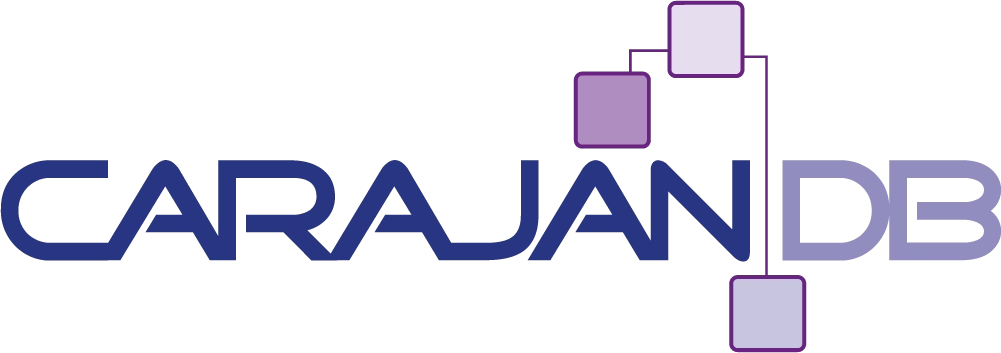Oracle inMemory – First experiences
With Oracle 12.1.0.2 the brand new database option named inMemory has been introduced. There are many blogs and articles out in the field so I don’t want to go in to much detail of the main concept. To me “inmemory” sounds a little obvious because whenever we are working with the Oracle database most of our data should be in Memory – right? But there is another naming for it: Column store. So it stores the data in columns instead of rows? Due to the Oracle documentation this isn’t true because “The columnar format exists only in memory (Concepts Guide)”. […]
Oracle inMemory – First experiences Blogbeitrag lesen »





